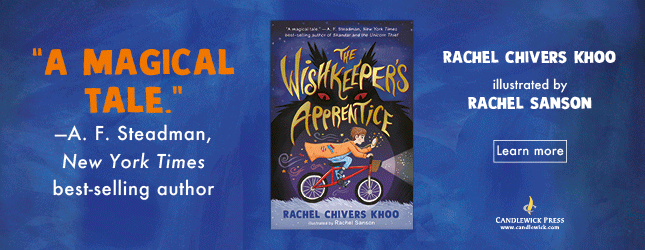From psychologist and children's friendships expert Eileen Kennedy-Moore and parenting and health writer Christine McLaughlin comes a social development primer that gives kids the answers they need to make and keep friends.
Friendship is complicated for kids. Almost every child struggles socially at some time, in some way. Having an argument with a friend, getting teased, or even trying to find a buddy in a new classroom...although these are typical problems, they can be very painful.
With research-based practical solutions and plenty of true-to-life examples--presented in more than 200 lighthearted cartoons--Growing Friendships is a toolkit for both girls and boys as they make sense of the social world around them.
After reading this funny, highly illustrated guide on their own or with a caring adult, kids everywhere will be well equipped to face any friendship challenges that come their way.







































